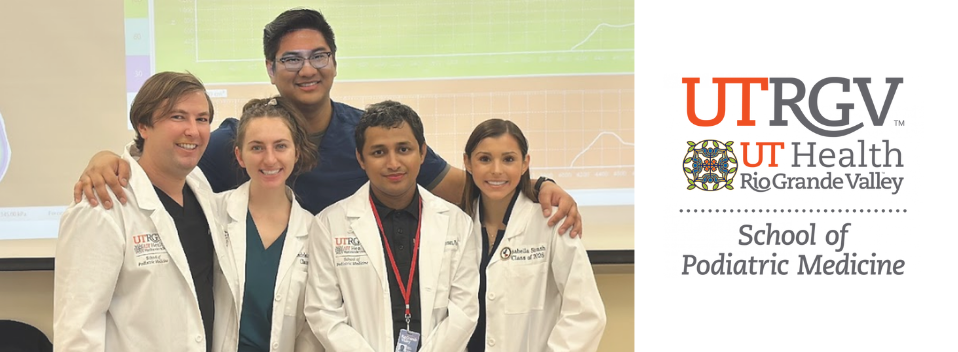
School of Podiatric Medicine Publications and Presentations
Experimental maxillary sinus augmentation using a highly bioactive glass ceramic
Document Type
Article
Publication Date
2016
Abstract
Physicochemical characteristics of a biomaterial directly influence its biological behavior and fate. However, anatomical and physiological particularities of the recipient site also seem to contribute with this process. The present study aimed to evaluate bone healing of maxillary sinus augmentation using a novel bioactive glass ceramic in comparison with a bovine hydroxyapatite. Bilateral sinus augmentation was performed in adult male rabbits, divided into 4 groups according to the biomaterial used: BO—particulate bovine HA Bio-Oss® (BO), BO+G—particulate bovine HA + particulate autogenous bone graft (G), BS—particulate glass ceramic (180–212 μm) Biosilicate® (BS), and BS+G—particulate glass ceramic + G. After 45 and 90 days, animals were euthanized and the specimens prepared to be analyzed under light and polarized microscopy, immunohistochemistry, scanning electron microscopy (SEM), and micro-computed tomography (μCT). Results revealed different degradation pattern between both biomaterials, despite the association with bone graft. BS caused a more intense chronic inflammation with foreign body reaction, which led to a difficulty in bone formation. Besides this evidence, SEM and μCT confirmed direct contact between newly formed bone and biomaterial, along with osteopontin and osteocalcin immunolabeling. Bone matrix mineralization was late in BS group but became similar to BO at day 90. These results clearly indicate that further studies about Biosilicate® are necessary to identify the factors that resulted in an unfavorable healing response when used in maxillary sinus augmentation.
Recommended Citation
Vivan, R. R., Mecca, C. E., Biguetti, C. C., Rennó, A. C. M., Okamoto, R., Cavenago, B. C., ... & Matsumoto, M. A. (2016). Experimental maxillary sinus augmentation using a highly bioactive glass ceramic. Journal of Materials Science: Materials in Medicine, 27, 1-10. https://doi.org/10.1007/s10856-015-5652-7
Publication Title
Journal of Materials Science: Materials in Medicine
Academic Level
faculty
DOI
https://doi.org/10.1007/s10856-015-5652-7


Comments
Reprints and Permissions
https://rdcu.be/dj3kg